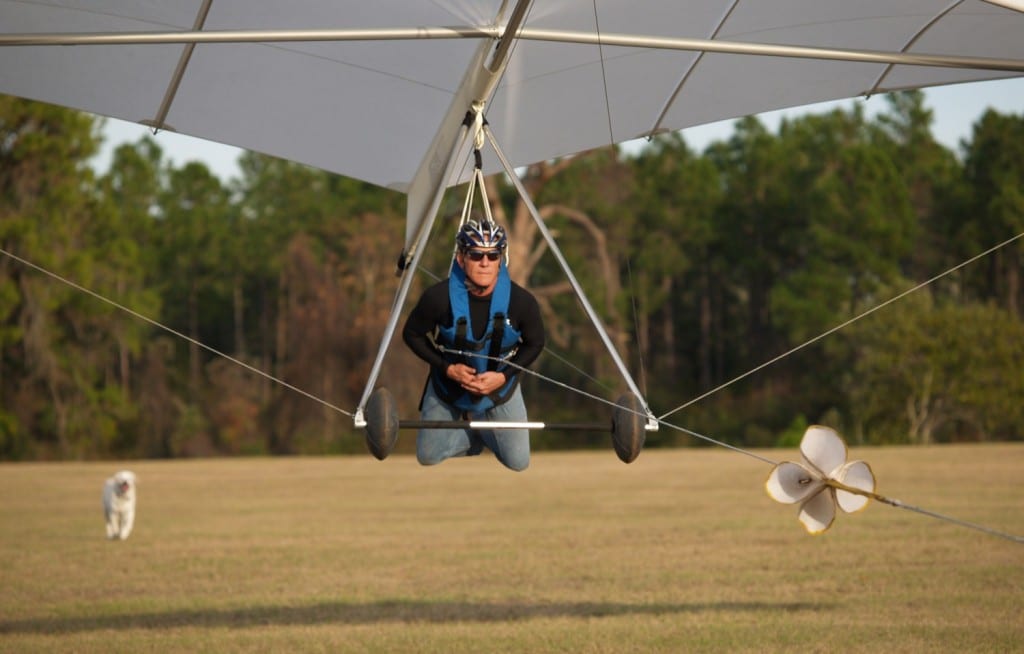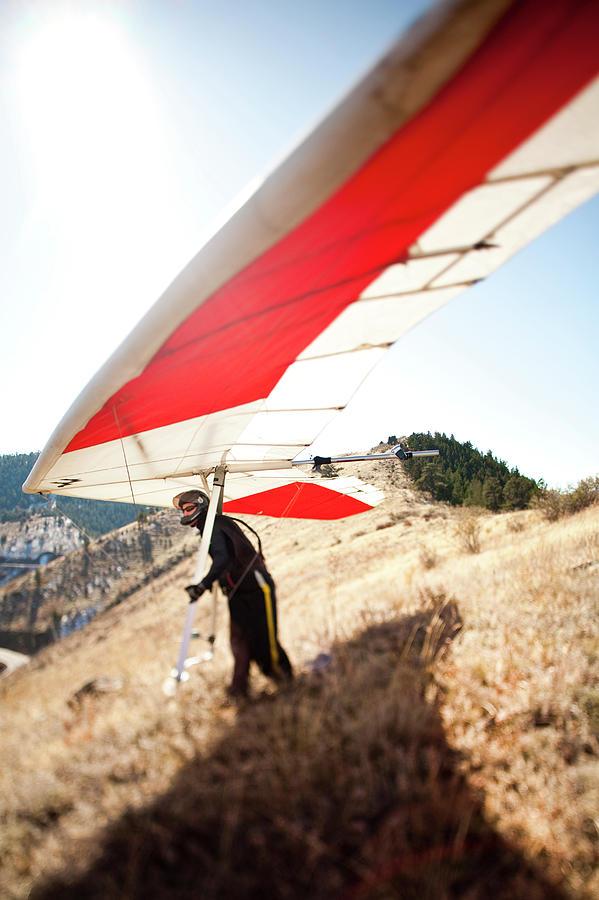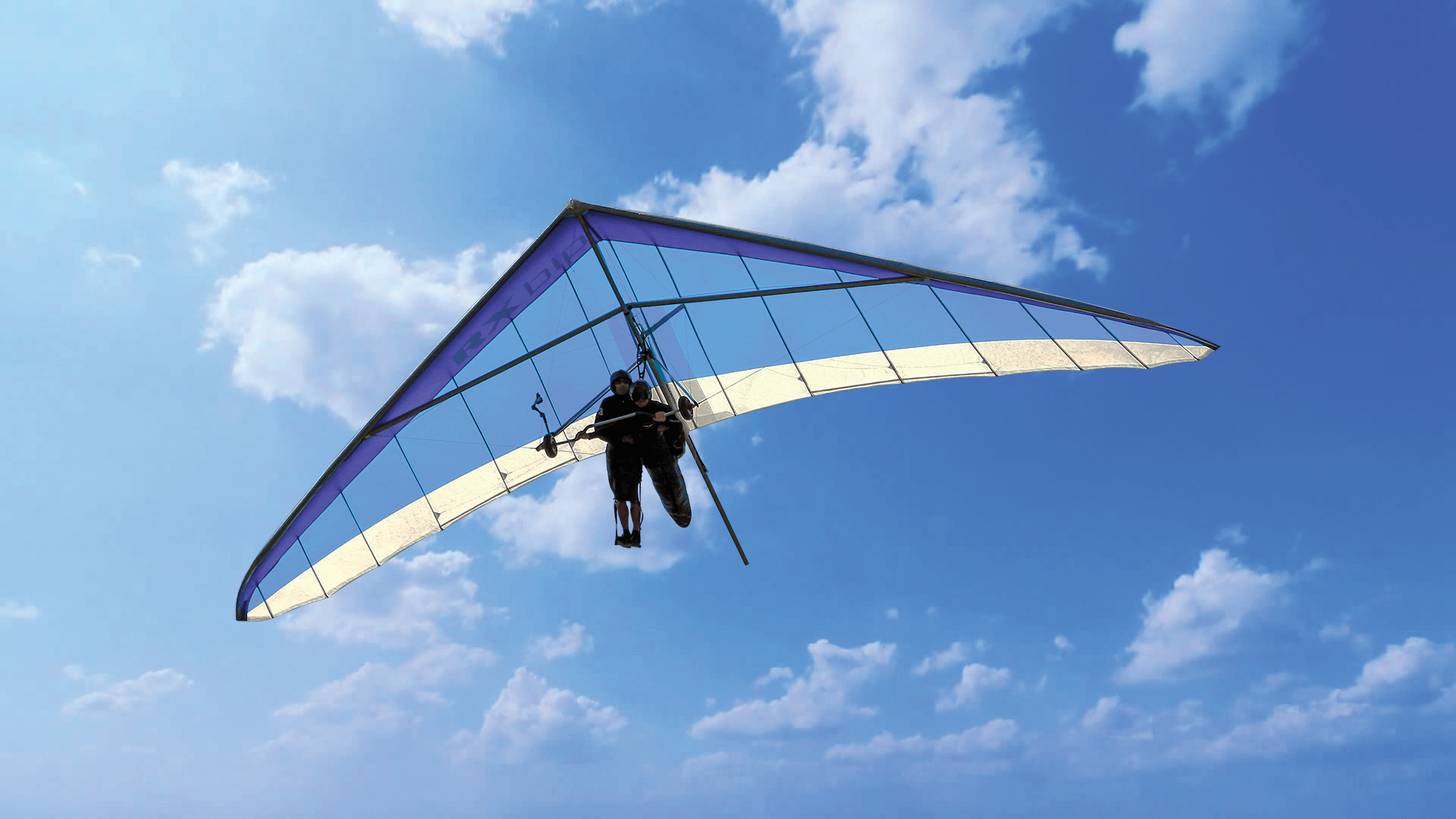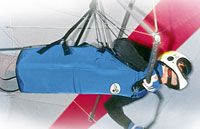

Thanks to its easy handling even at low speed, landing was very easy.

Then, acceleration to the top speed was very smooth. The Freedom 2 showed very gentle stall behavior. Of particular note was the speed tests from stall to top speed. During the whole flight, the Freedom 2 responded to my input very precisely.

"As an importer, I have test flown the new Freedom 2 before delivering it to my client. North Wing Dealer in Japan, Masahiro Kitano, recently had some great flights in the Freedom 2! View more Freedom 2 photos in the Photo Gallery New center-loaded Cross bar - Ball & socket Cross bar center - Large 12mm performance ribs. The new Freedom 2 refines the design of the glider that has thrilled pilots around the world! Rework the design, go back to the drawing board and work out the kinks, visit your local hang gliding club and school and get some instruction and a close up look at real gliders.Google is crawling with information on aerodynamics and aero structures - I can provide some very respected books that can give you a foundational understanding - research and work this out and then share your project as something that can be built and safely flown.The new Freedom 2 makes a great glider even better! You may not have intentions of flying at altitude but someone may follow your design and launch off a mountain or building and die.a simple disclaimer cannot absolve that and trust me you don't want that on your conscience. Your system of weight shift is insufficient even for just short hops, the Ragallo wing has the ability to climb rapidly and sharply in a gust which is when flight loads become critical and where failures in design and construction will materialize and could very likely cause serious injury or death.

Without engineering or aerodynamic understanding, you've based your creation off the simplest aspects of the Ragallo kites but not considered the painful lessons learned through fatalities over time. I applaud your effort but this is so flawed as a man-carrying flying machine, everything from your drilling method, fasteners, materials, lack of structural integrity and bracing, right down to the design, is flawed and unsafe. (put the plastic under the keel so you do not have to tape it as much) Then either sew on if you are using fabric, or tape on if you are using plastic. SAIL: Lay the frame on top of the sail, then cut it out 1ft away from the frame to give the glider billows. NOSE: I used a t shaped plate I found at the hardware store, and put one on the top and one on the bottom of the tubes so it was strong. I put my crossbar at 14ft down from the nose on each leading edge and bolted it. My leading edge lengths were 16ft, and my crossbar was 18ft. (what I should've done to sleeve the pieces is just put a tube on top of the other and bolt it, but I didn't do that) The way I sleeved them worked alright, could've been better.ĭIMENSIONS: The keel on mine was 22ft with sail going to 20ft so I had room to connect wiring. So what I did to connect the tubes is get a 1ft segment of 1 inch steel, put the aluminum in the steel tube and bolt it. SLEEVING: I had a problem in which I had 12ft lengths of aluminum and I needed a 22ft keel, and I have no special tools, just hand tools.


 0 kommentar(er)
0 kommentar(er)
